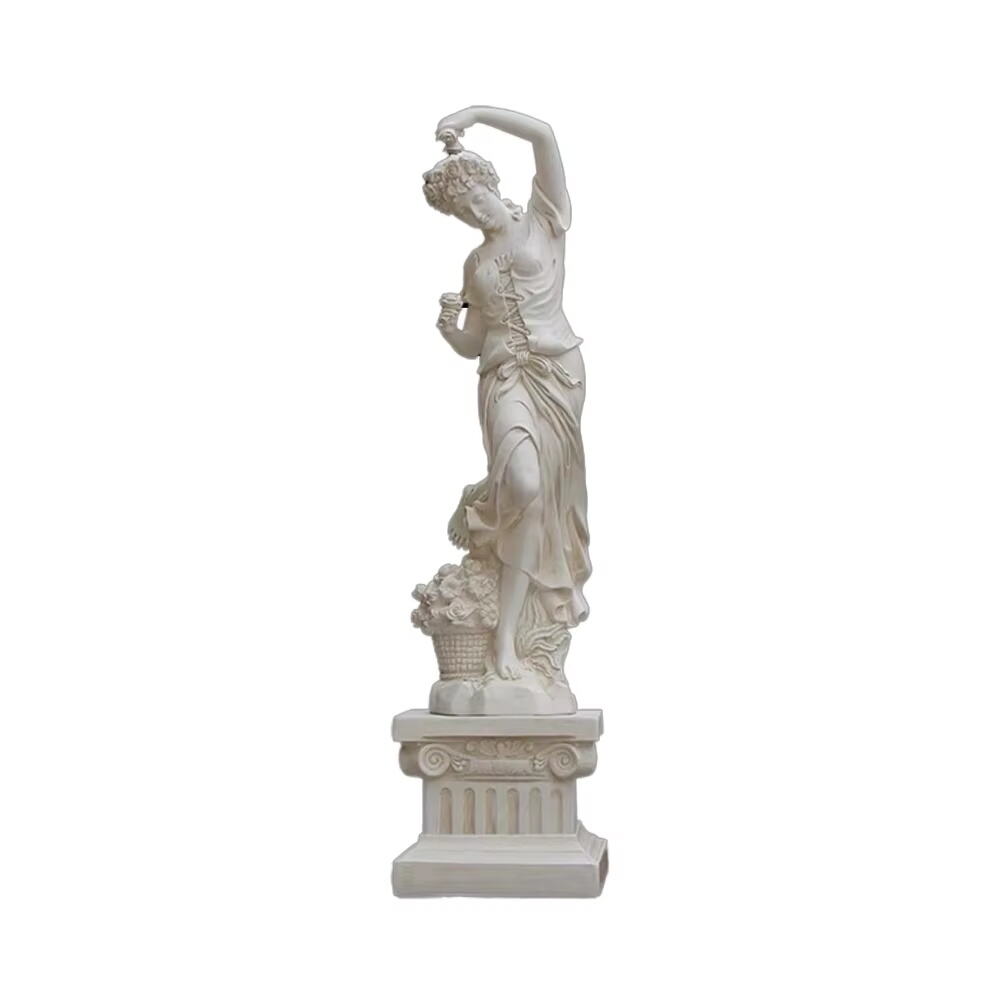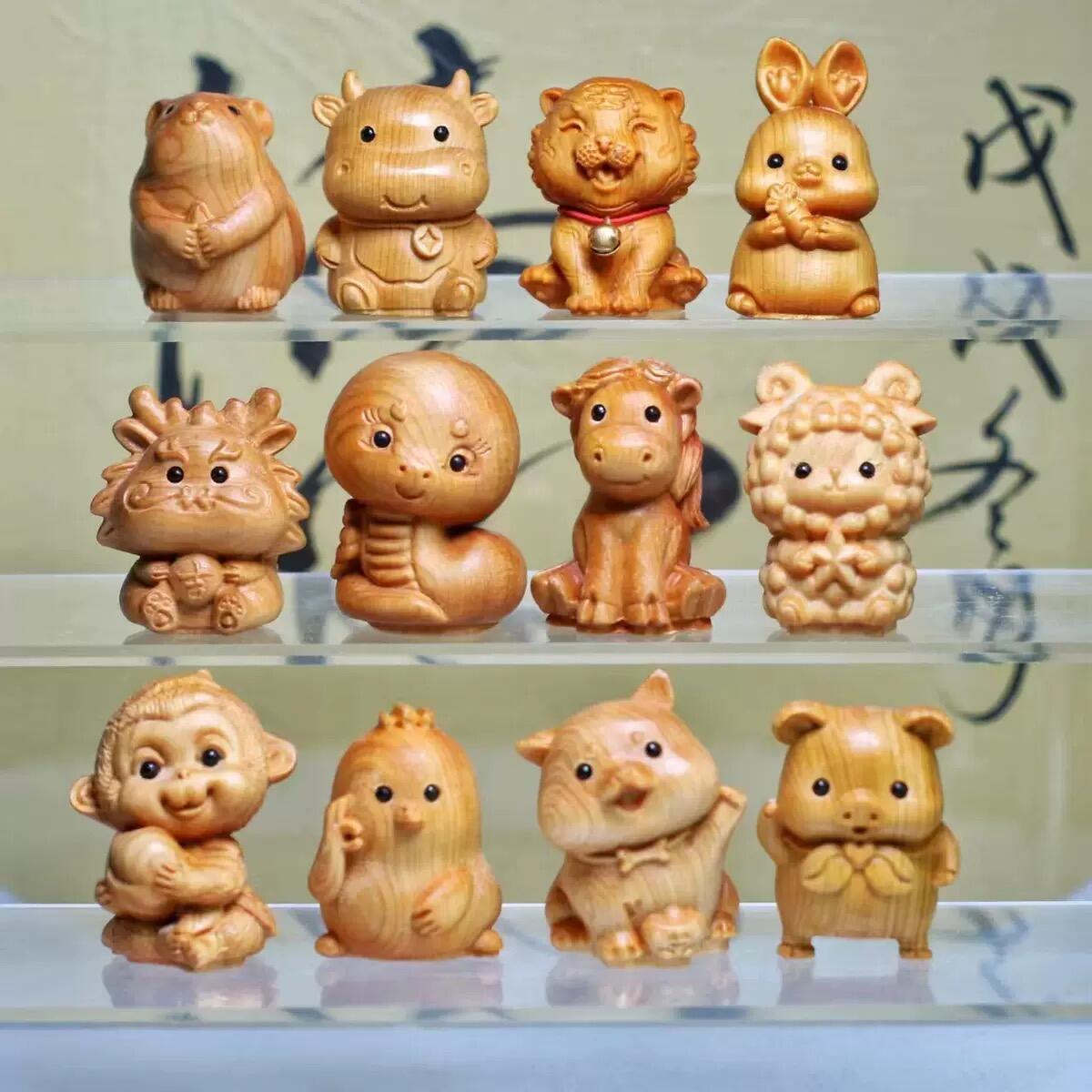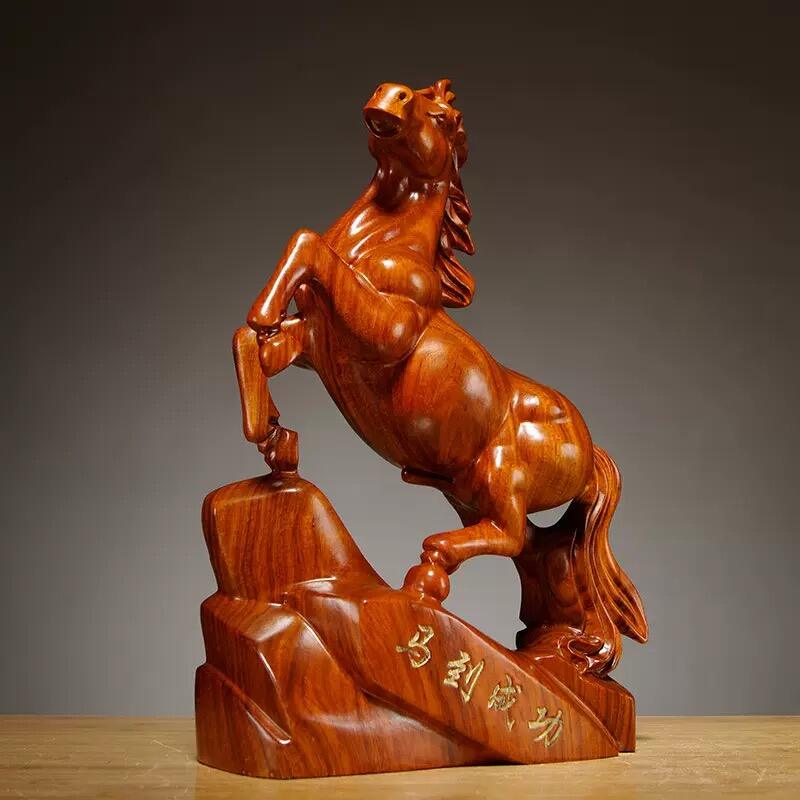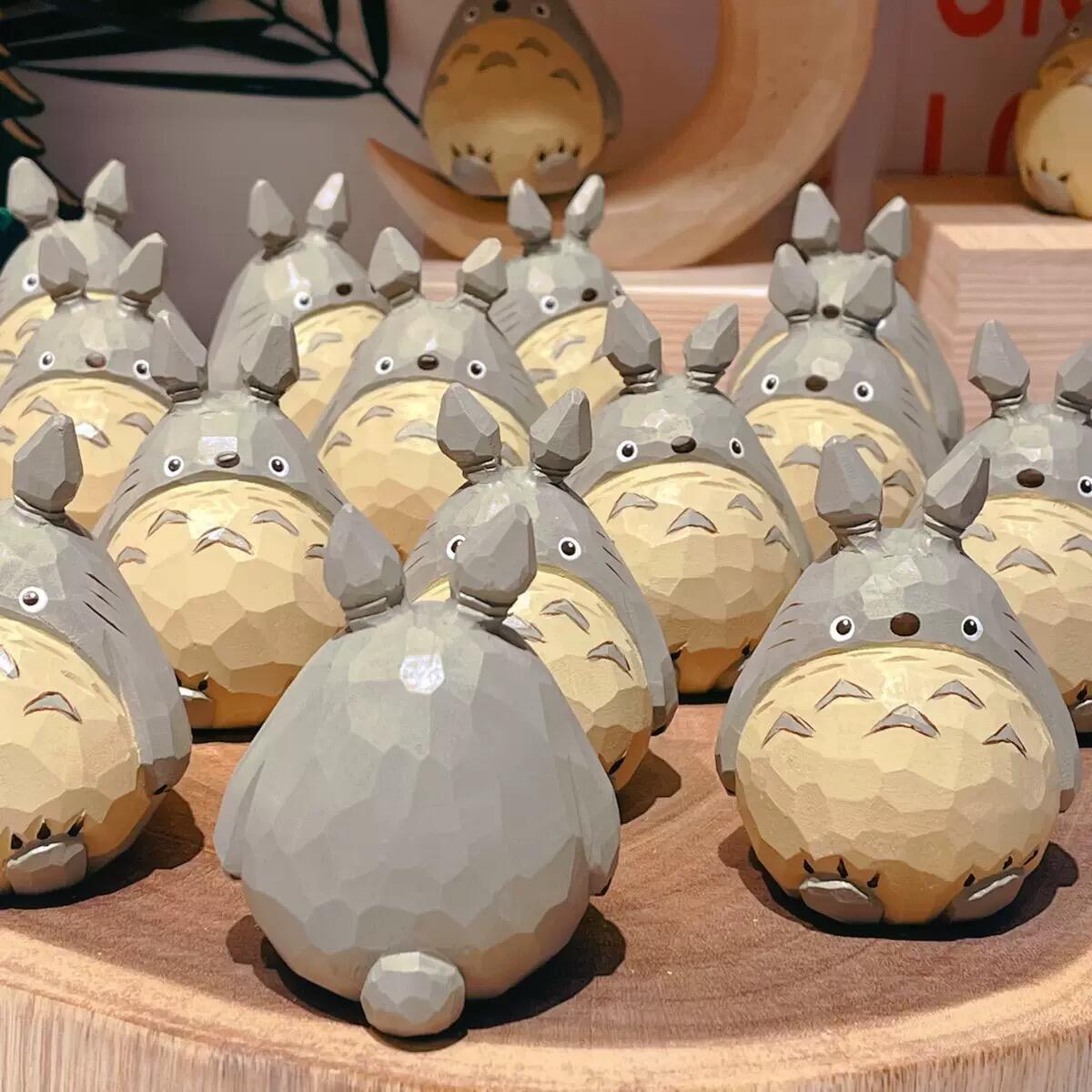antique wood sculpture
Antique wood sculptures represent masterful craftsmanship that has endured through generations, combining artistic excellence with historical significance. These intricate pieces, typically crafted from premium hardwoods like oak, mahogany, or walnut, showcase the remarkable skills of artisans from bygone eras. Each sculpture tells a unique story through its detailed carving techniques, patina development, and distinctive design elements that reflect specific historical periods. These pieces serve multiple functions, from being striking decorative elements that add character to interior spaces to acting as valuable investment pieces in art collections. The technological aspects of antique wood sculptures lie in the traditional hand-carving methods, featuring precise joinery techniques, period-specific tools, and authentic finishing methods that have stood the test of time. Their applications extend beyond mere decoration, serving as educational tools for understanding historical artistic movements, cultural practices, and woodworking techniques. These sculptures often incorporate complex architectural elements, figurative representations, or nature-inspired motifs, demonstrating the sophisticated understanding of form and composition possessed by historical craftsmen.












